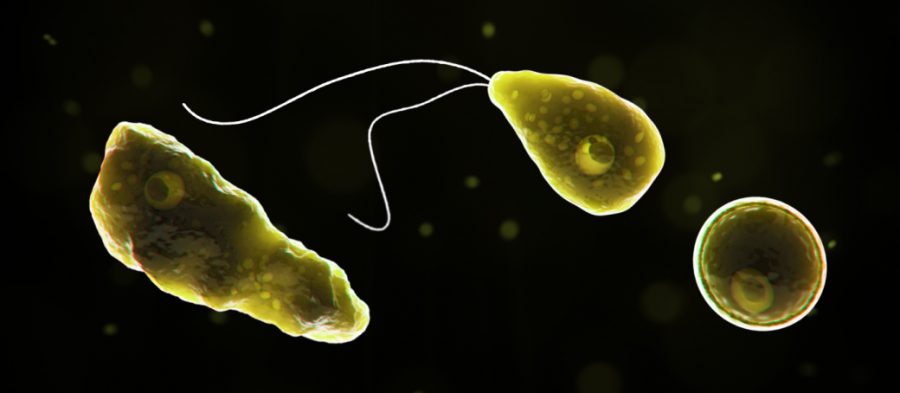Amoeba Attacks America
October 16, 2019
Americans have been exposed to a new kind of biological killer. Like the most dangerous of diseases, its cure is unknown, but the impact is growing. This year alone, N. Fowerli has infected and killed 9 people as the season comes to an end and researchers scramble for a treatment before the summer of 2020 arrives.
The killer is known as an amoeba, a single celled sometimes parasitic organism called Naegleria Fowleri. N. Fowleri is parasitic to humans, as its main method of feeding is destroying brain matter while inside the human body. Due to this debilitating way of feeding, N. Fowleri has gained the nickname of the “brain-eating amoeba”.
The amoeba has gained national attention at the hands of multiple unexpected and rapid deaths last summer. The amoeba infected multiple healthy people, causing their tragic deaths in a matter of days. In some cases, the amoeba went undetected until the death of the individual.
Fowleri poses extreme danger in part of the ease it takes in entering the human body. N. Fowleri is located in warm deposits of freshwater such as lakes, rivers, and contaminated tap water in mostly southern states. It enters the body through water that is forced up the nasal passages, located in the nose. The close proximity of the sinuses to the brain cavity allows N. Fowleri to relocate and begin its feeding. From here, brain matter is broken down by the amoeba until the brain is no longer functional. This dysfunctionality then causes the death of the afflicted.
Most cases of N. Fowleri come otherwise joyful experiences at water parks, community beaches, and mechanical nose drainage.
The Center for Disease Control, also known as the CDC, nor any other health department has discovered a cure for those afflicted by N. Fowleri. The current treatments employed against N. Fowleri, while effective in test tubes, remain stagnant in progress against the amoeba. As such, the CDC has made plans to continue research into a cure for N. Fowleri to protect citizens in the upcoming summer of 2020.
While the amoeba has mostly been recorded in southern states, the threat of N. fowleri infiltrating the shores of the Great Lakes remains a prominent threat. In the summer months, the Great Lakes would prove to be a habitable area for N. Fowleri to survive. Making Michigan a vulnerable area if a cure is not developed by the summer 2020 deadline.
That deadline is approaching quicker by the day, and with the lives of unsuspecting Americans on the line, it has a heavy stance. Without a cure, it is unknown where N. Fowleri will strike next, and with how much force.

